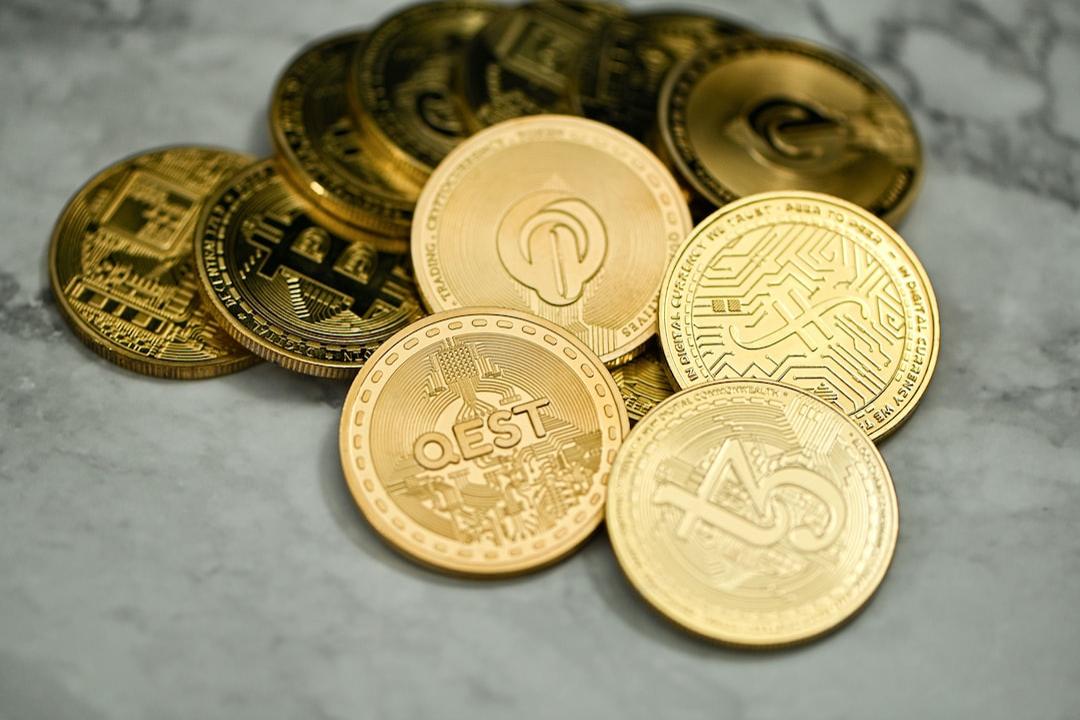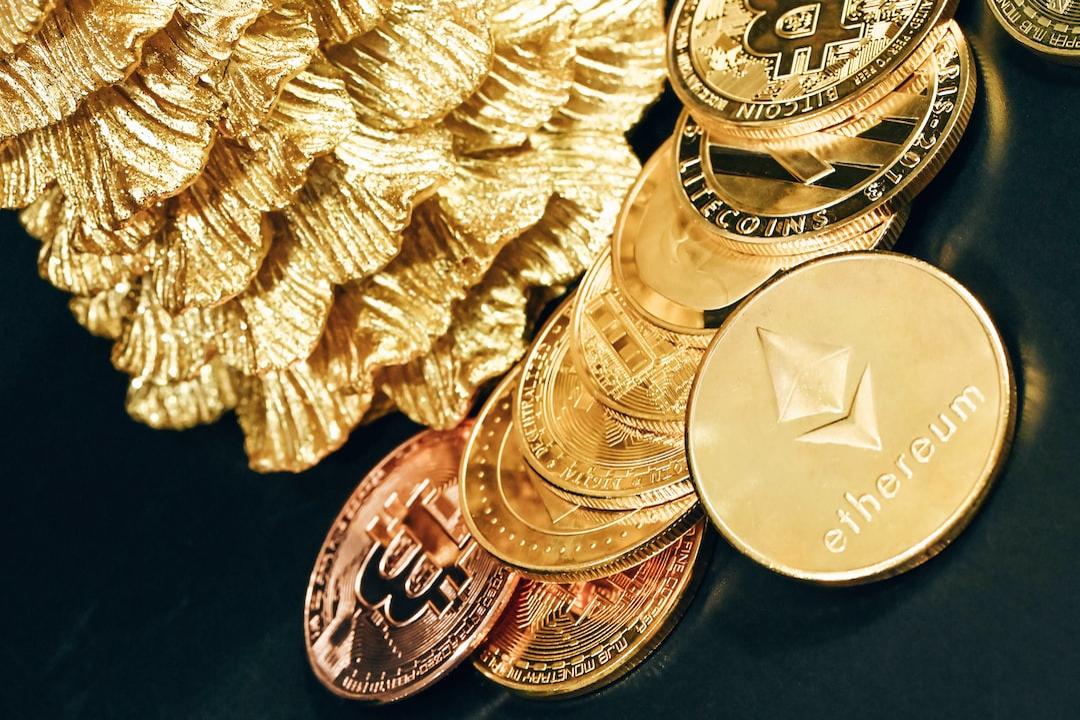A Beginner’s Guide to Dividend Investing [2025] Strategies and Insights
In this guide, we’ll look at dividend investing, why it may be a profitable investment strategy and the pros and cons of this type of investing approach.
At the same time, we’ll go over some of the most common mistakes to avoid as a beginner and important things to consider when choosing a dividend stock.
Best Crypto Exchange for Intermediate Traders and Investors
Invest in cryptocurrencies and 3,000+ other assets including stocks and precious metals.
0% commission on stocks – buy in bulk or just a fraction from as little as $10. Other fees apply. For more information, visit etoro.com/trading/fees.
Copy top-performing traders in real time, automatically.
eToro USA is registered with FINRA for securities trading.

30+ million Users worldwide
Get Started
eToro is a multi-asset investment platform. The value of your investments may go up or down. Your capital is at risk. Don’t invest unless you’re prepared to lose all the money you invest. This is a high-risk investment and you should not expect to be protected if something goes wrong. Take 2 mins to learn more.
Share price appreciation is the key thing most investors think of when they have to spell out their investing goals. However, dividend investors prioritize a company’s dividend yield over anything else, including price appreciation.
A dividend investing strategy is typically seen as a passive income investment strategy for older investors looking to live off dividends in retirement, but it can also be a profitable investment strategy for younger investors. Starting young can be advantageous as companies usually increase their dividend yield over time.

Dividend investing is about buying stocks to receive regular income from the investments in the form of dividends, in addition to the stocks going up in value over time. To reward shareholders for holding their stock, many companies give their shareholders part of the profit in dividends. It motivates investors to hold on to a stock and signals a company’s confidence.
Dividend investors usually invest only in companies with a dividend, and their goal is to create a substantial stream of passive income. With dividend investing, an investor can potentially profit off the dividend as well as share price appreciation.

Companies usually pay out a dividend every quarter after the board has approved it. To judge whether a company’s dividend is attractive, investors look at a company’s dividend yield. The dividend yield is calculated by dividing a company’s annual dividend per share by the current share price.
If a company pays out a dividend of $2 per share and the share price is $100, the dividend yield is 2%. A dividend yield between 2% and 6% is generally considered good, but keep in mind that it fluctuates as the share price moves up and down.
Investing for beginners:
- What is Investing? Putting Money to Work
- 17 Common Investing Mistakes to Avoid
- 15 Top-Rated Investment Books of All Time
- How to Buy Stocks? Complete Beginner’s Guide
- 10 Best Stock Trading Books for Beginners
- 15 Highest-Rated Crypto Books for Beginners
- 6 Basic Rules of Investing
- Dividend Investing for Beginners
- Top 6 Real Estate Investing Books for Beginners
Best Crypto Exchange for Intermediate Traders and Investors
Invest in cryptocurrencies and 3,000+ other assets including stocks and precious metals.
0% commission on stocks – buy in bulk or just a fraction from as little as $10. Other fees apply. For more information, visit etoro.com/trading/fees.
Copy top-performing traders in real time, automatically.
eToro USA is registered with FINRA for securities trading.

30+ million Users worldwide
Get Started
eToro is a multi-asset investment platform. The value of your investments may go up or down. Your capital is at risk. Don’t invest unless you’re prepared to lose all the money you invest. This is a high-risk investment and you should not expect to be protected if something goes wrong. Take 2 mins to learn more.
Many investors are attracted to dividend investing because it’s one of the few sources of true passive income. Ownership of shares entitles an investor to dividends, usually every quarter. There’s little else an investor has to do than purchase the stock and hold it long enough to receive dividends.
Another attractive aspect of dividend investing is that companies generally continue to pay out dividends throughout the economic cycle. If the market is in a downturn and share prices tumble, dividend investors still receive their dividends.
Adding to the stability, dividend-paying companies tend to be large, established companies with steady cash flows. These types of companies are usually much less volatile than smaller companies and therefore considered safer investments.
Although safer investments tend to come with lower average returns, dividend-paying stocks have outperformed the average market return in the long run. So, dividend investing doesn’t necessarily mean giving up the chance of achieving above-average share price appreciation.
The potential for double profits in share price appreciation and dividends is understandably an attractive benefit of dividend investing. This, to a certain extent, also protects you against bad markets, owing to the fact that dividend-paying companies usually offer reliable income streams.
A company like Coca-Cola has been paying out quarterly dividends for decades now without interruption. Companies also tend to increase their dividend payouts every year, leading to a rising dividend yield and stockholders receiving more money without having to buy any extra shares.

Dividend-paying companies also tend to be companies with good fundamentals; otherwise, they wouldn’t be able to pay out a dividend in the first place. That makes these blue-chip dividend stocks reliable anchors in an investor’s portfolio. Blue-chip companies are large, well-established companies, and they are generally considered to be safer investments.
A few critical downsides to dividend investing also cause many investors to stay clear from this strategy. The lack of volatility in these blue-chip companies’ share prices can also be seen as negative. Investors looking for great share-price appreciation will likely be disappointed and will be better off looking at other stocks.
Another downside is possible sector concentration in a portfolio as many dividend-paying stocks are active in the same sectors. This can lead to trouble when a particular sector hits a rough patch that might even lead to dividend cuts. An example of this is oil giant Royal Dutch Shell cutting its dividend for the first time since the Second World War during the Covid-19 pandemic.
Some of the main pros and cons of dividend investing are:

Pros
- Potential of double profits: share price appreciation and dividends;
- Companies usually increase their dividend yearly;
- Generally stable companies with good fundamentals.
Cons
- Limited upside potential for the share price;
- Possible sector concentration in portfolio;
- Companies can choose to cut or scrap dividend entirely.
Dividend investing beginners should keep in mind that it requires more than just sitting back and cashing cheques, and there are many things to take into consideration to do it successfully. Unfortunately, many of these things are often overlooked by beginners, leading to painful mistakes.
One of those mistakes is looking solely for a high dividend yield and not considering why the dividend yield is so high. Although a high dividend yield looks attractive at first glance, the reason why it’s so high might be more dubious. A high dividend yield often means a low share price, which in turn signals a lack of confidence among investors.
This problem is well-explained in one of Ryan Scribner’s YouTube videos, where he goes over a few examples of companies facing this problem. It turns out that often a very high dividend yield is a valuable signal a company might be about to cut or scrape its dividend entirely.
Watch the video: THE #1 DIVIDEND INVESTING MISTAKE by Ryan Scribner
On the other hand, ignoring a company with a low dividend yield can also be a costly mistake, especially for young investors.
Read also: Stock Trading for Beginners
A low dividend yield today doesn’t tell investors anything about the future. Apple’s current dividend yield of 0.4% (as of January 2025) might seem lackluster, but the company’s 3-year stock dividend growth is almost a whopping 20%.

Apple has the potential to become a strong dividend payer in the future if its growth rate continues at this pace. Thus, it is critical to stay up to date with news about the business and its financials in order to have a clear picture of what is going on.
In any case, it’s a task that investors must do since it’s critical to determine how long a company’s dividend is sustainable.
To separate the wheat from the chaff, a few things are more important than anything else when evaluating a dividend stock:
- Low debt ratio;
- Good and sustainable cash flow;
- High margins;
- Good valuation;
- The sector/industry.
A low debt ratio, for example, is crucial for a company’s ability to continue paying out dividends. When a company’s debt ratio gets too high, the company might decide to pay off debt instead.
Furthermore, a company’s capacity to pay dividends is not
- XRP Loses $11 Billion Value Within 48 Hours Following Dismissal of Ripple Case
- These Two International Vanguard ETFs Are Currently Surpassing the S&P 500 in 2025

Thanks for sharing. I read many of your blog posts, cool, your blog is very good.